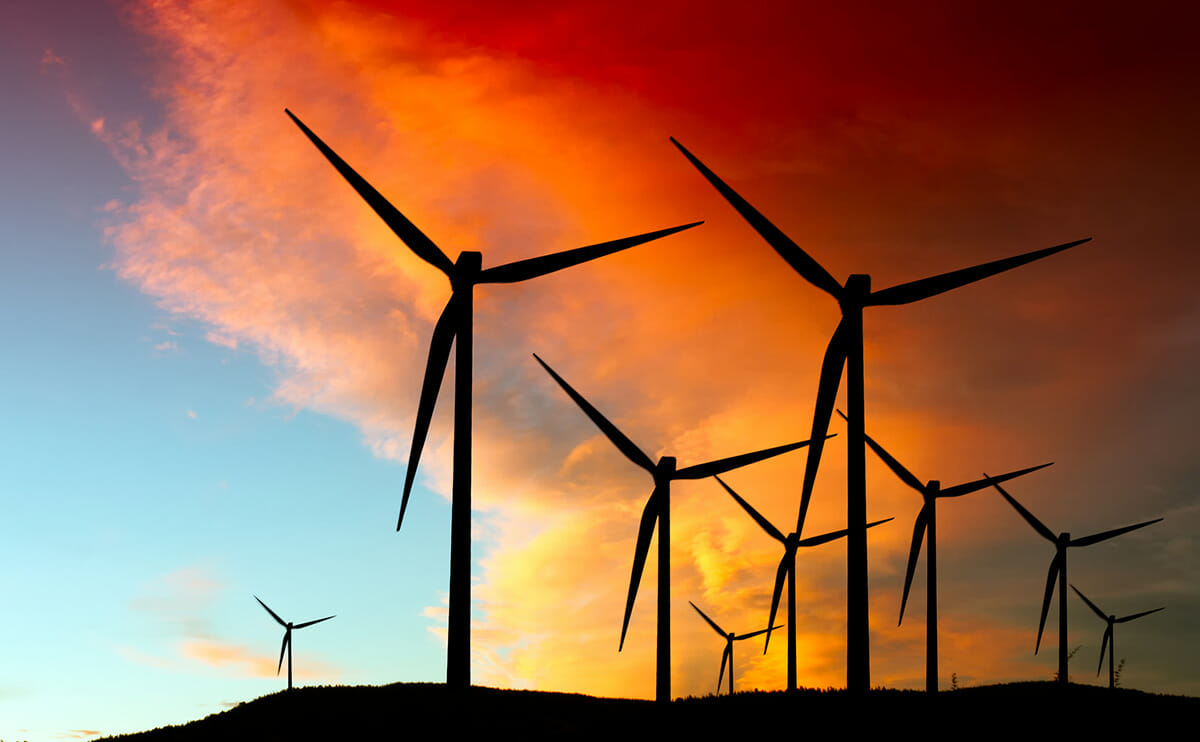Way down under in Tasmania, a bitter wind is blowing around a proposal to build the southern hemisphere’s biggest wind farm on King Island, a small island located in the Bass Strait. Hydro Tasmania, the company behind the planned 200-turbine farm, has angered island residents by announcing it will continue with its plans, even after […]

Way down under in Tasmania, a bitter wind is blowing around a proposal to build the southern hemisphere’s biggest wind farm on King Island, a small island located in the Bass Strait. Hydro Tasmania, the company behind the planned 200-turbine farm, has angered island residents by announcing it will continue with its plans, even after a survey found that the farm failed to earn 60 percent of community support.
Hydro Tasmania had previously claimed that it would not continue with its plans if at least 60 percent of the island’s 1,500 residents didn’t back the idea. The results of its survey, which gauged support for a feasibility study of the proposed farm, prompted an angry reaction from anti-wind farm activists; a spokesman from the organization No TasWind Farm Group told the Guardian that the company’s decision “will only create further division in an already divided community,” and said that the site should be used to build a planned golf course instead.
The anti-wind activists argue that the farm’s almost 500-feet-tall turbines, which will occupy an estimated 20 percent of Kings Island, are out of proportion to the size of the island and “will change its character forever,” while Hydro Tasmania has countered that the farm would bring renewable energy and jobs to the island. The dispute is part of a more widespread controversy surrounding wind farming in Australia: last week, activists converged in Canberra for a “wind power fraud rally” protesting the alleged failure of two wind farms to comply with their permit conditions; the protestors also claimed that wind farming would raise electricity costs while hurt the property values and health of those living near the farms.
The past couple of weeks have also been contentious ones for wind farms in the United States: last week, a government plan that would allow a wind farm to kill three bald eagles per year met with an outcry from Native Americans, conservationists, and even the Heartland Institute, a right-wing think tank funded in part by the fossil fuel giant Exxon Mobil. In Oklahoma, a proposed project on Osage Nation lands would place 94 turbines on 8,400 acres in the middle of the eagle’s habitat and migratory routes; in an interview, the Nation’s assistant chief said, “I can’t come up with the words in English or Osage to put a value on how important these (eagles) are to us and to our everyday survival.”
Reporting dead eagles is currently voluntary by wind companies, making it difficult to get an accurate idea of how many birds are dying; conservationists have claimed that the government is underestimating deaths, while representatives from the wind industry say that eagle fatalities are exaggerated. The Obama Administration has never fined or prosecuted a wind farm for killing an eagle, even though killing a protected bird is a federal crime. The issue is likely to intensify in the wake of President Obama’s climate plan, which was announced earlier today and places an emphasis on renewable energy development on public lands; ironically, given its symbolic stature among environmental groups, the bald eagle may find itself as the new face of the anti-renewable energy movement.
One group that possibly could be in favor of wind farms? Farmers (of the agricultural variety). A study by Gene Takle and Julie Lundquist of the University of Colorado found that wind turbines on agricultural land in the American Midwest created potentially beneficial micro-climates, as the giant turbine blades bathe the crops in airflow. The airflow keeps plants cooler on hot days, while helping prevent spring and fall frosts from destroying crops. “When you think about a summer with a string of 105-degree days,” said study author Gene Takle in a press release, “extra wind turbulence from wind turbines might be helpful. If turbines can bring the temperature down below 100 degrees that could be a big help for crops.”